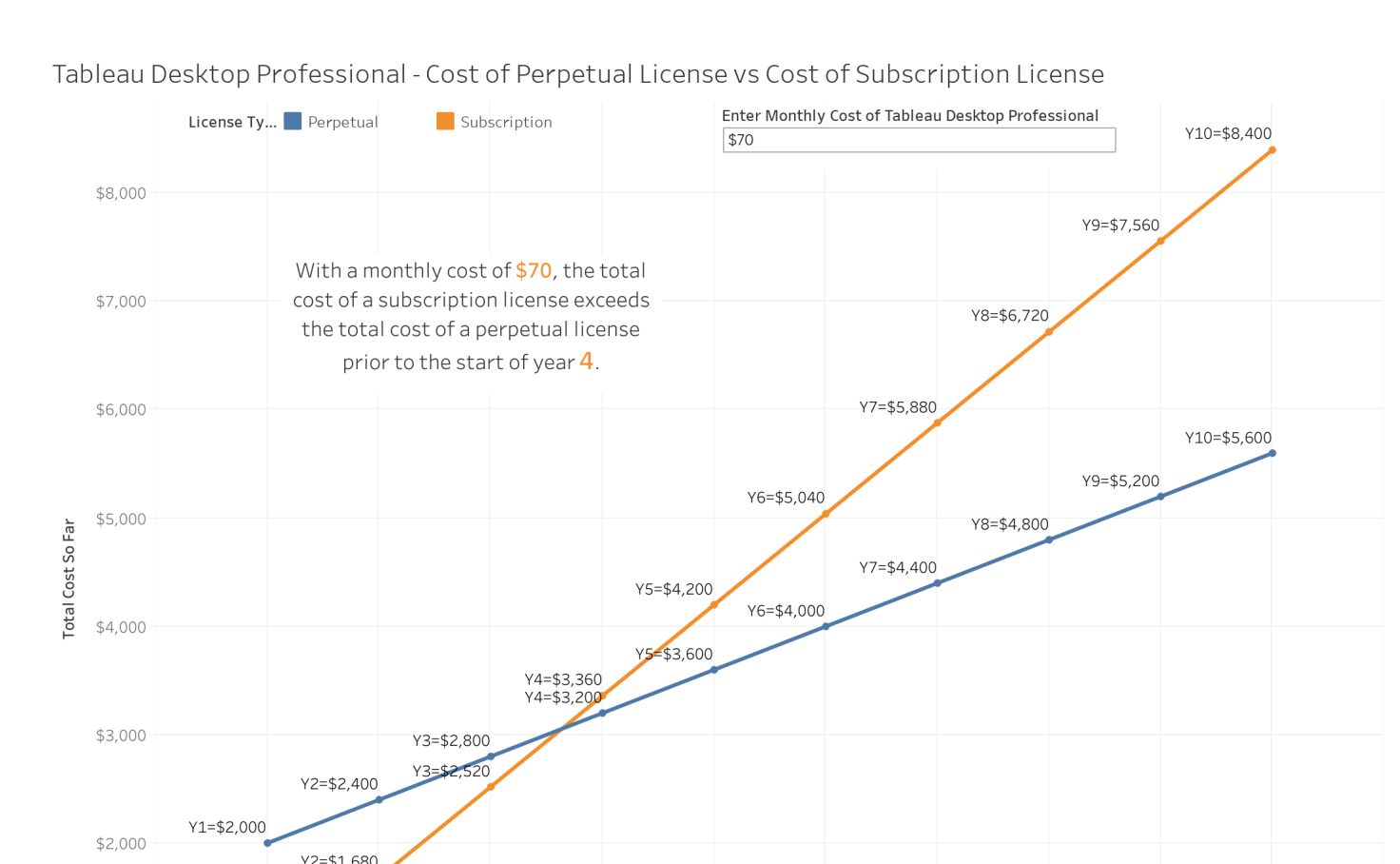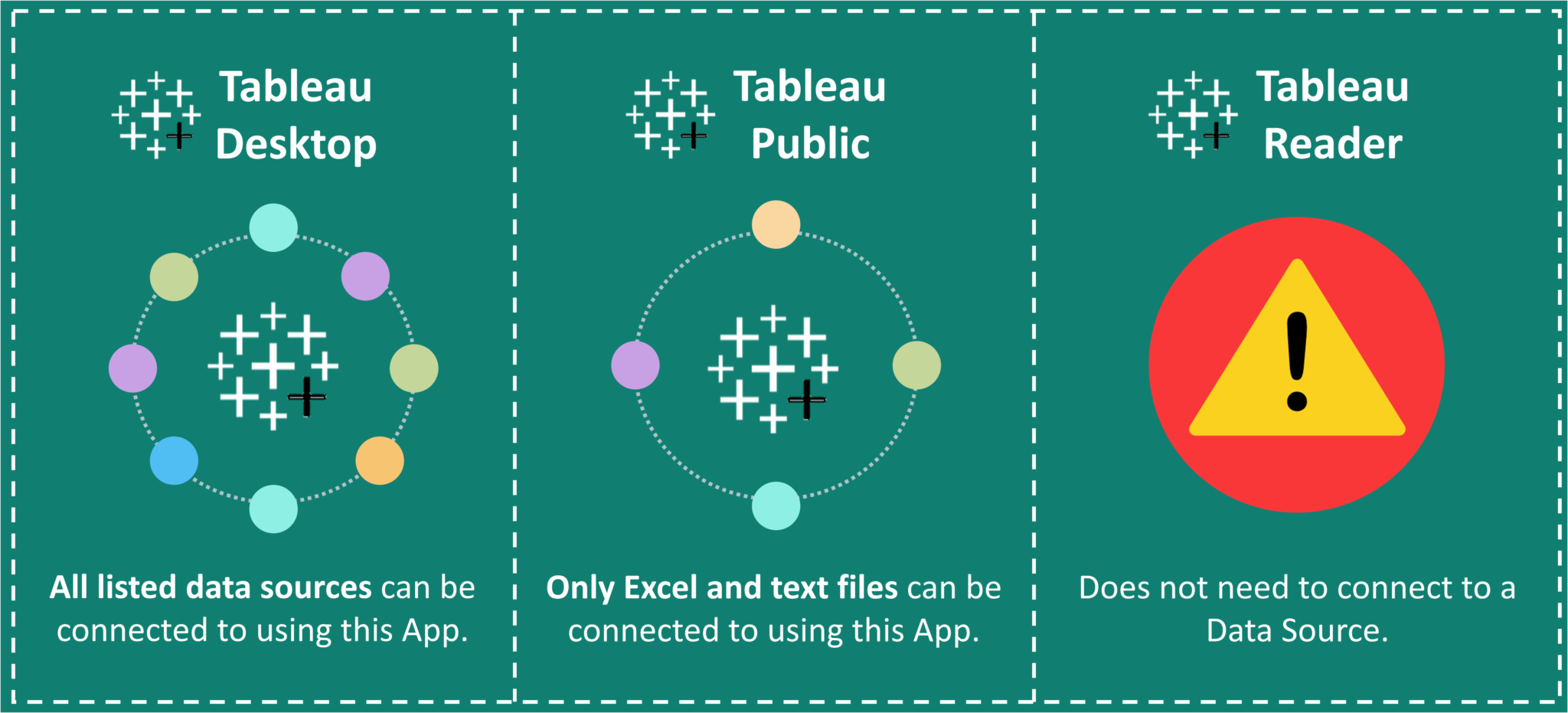


(Double-clicking a table on the relationship canvas opens the join canvas) Figure 4.2.2Ĥ. Select Open from the menu or double-click the first table to open the join canvas (physical layer). Drag the first table to the canvas (Note that if you drag out a second table at this point a relationship will form). If you combined tables using a cross-database join, Tableau colors the tables in the canvas and the columns in the data grid to show you which connection the data comes from. These can be in the same data source (such as tables in a database or sheets in an Excel spreadsheet) or different data sources (this is known as a cross-database join). To create a join, connect to the relevant data source or sources. However, there may be times when you want to directly establish a join, either for control or for desired aspects of a join compared to a relationship, such as deliberate filtering or duplication. Relationships are the recommended method of combining data in most instances. Relationships also allow for context-based joins to be performed on a sheet-by-sheet basis, making each data source more flexible. Relationships preserve the original tables’ level of detail when combining information. The default method in Tableau Desktop is to use relationships. Depending on the structure of the data and the needs of the analysis, there are several ways to combine the tables. It is often necessary to combine data from multiple places-different tables or even data sources-to perform a desired analysis. Click “file” from the menu in the top, righthand corner of the screenĪfter the workbook is published, you are redirected to your account on the Tableau Public website (Link opens in a new window).Before you begin, make sure you are signed into your Tableau Public account. Once you complete your Dashboard, save the workbook to Tableau Public in three simple steps, which is available to other users to view and discuss. Next, you can place text and images in the boxes in the “objects” panel at the bottom left of the screen. First, click on the Dashboard icon and in the window that appears, arrange the Sheets as you see fit. Saving & Publishing Your Tableau Dashboardĭashboards are comprised of more than one Sheet. Tableau Public is a powerful data visualization tool, in heavy use among both laypeople and data professionals. That means they will be freely available on the web, and you will need to create a Tableau account in order to do this.
Tableau public desktop download#
It’s free to download and use, but, aside from screenshots, the only way to share Tableau Public visualizations is to publish them to the Tableau Public website. There are several things to be aware of with regard to Tableau Public. Tableau Public is the free version of this tool. You may wish to produce static images at the end of your analysis, or perhaps interactive web elements. Furthermore, Tableau can compose multiple visualizations together and add interactive elements like filters, point-and-click functionality, etc. But while Excel is limited to the metaphor of a spreadsheet and a relatively simple set of charts, Tableau is capable of complex data modeling and a wide variety of visualization outputs.
Tableau public desktop software#
They are fully-featured software that allow you to import data and apply a number of different transformations to that data, and eventually create a number of different visualizations. Tableau Public/Desktop share some similarities with Microsoft Excel. (Tableau Public and Tableau Desktop are the core free and paid versions, respectively, so we will focus on them here.) Tableau is a software company that makes a suite of software for creating and publishing data visualizations including Tableau Public, Tableau Desktop, Tableau Server, and Tableau Prep. This allows users to reverse engineer visualizations and draw inspiration from already existing vizzes. For some visualizations, users can download the workbook and explore the various components of a visualization. The site has a gallery of visualizations that users can view to get ideas about charts. Tableau has customization options for visualizations, which makes it possible to build basic coding skills. Users employ data to create various visualizations such as bar charts, word clouds, scatterplots, and so forth. Tableau Public is one tool used for data storytelling. Tableau Public vizzes can be embedded into web pages and blogs, and they can be shared via social media or email. Tableau Public is free software that facilitates the creation of interactive data visualizations.


 0 kommentar(er)
0 kommentar(er)
